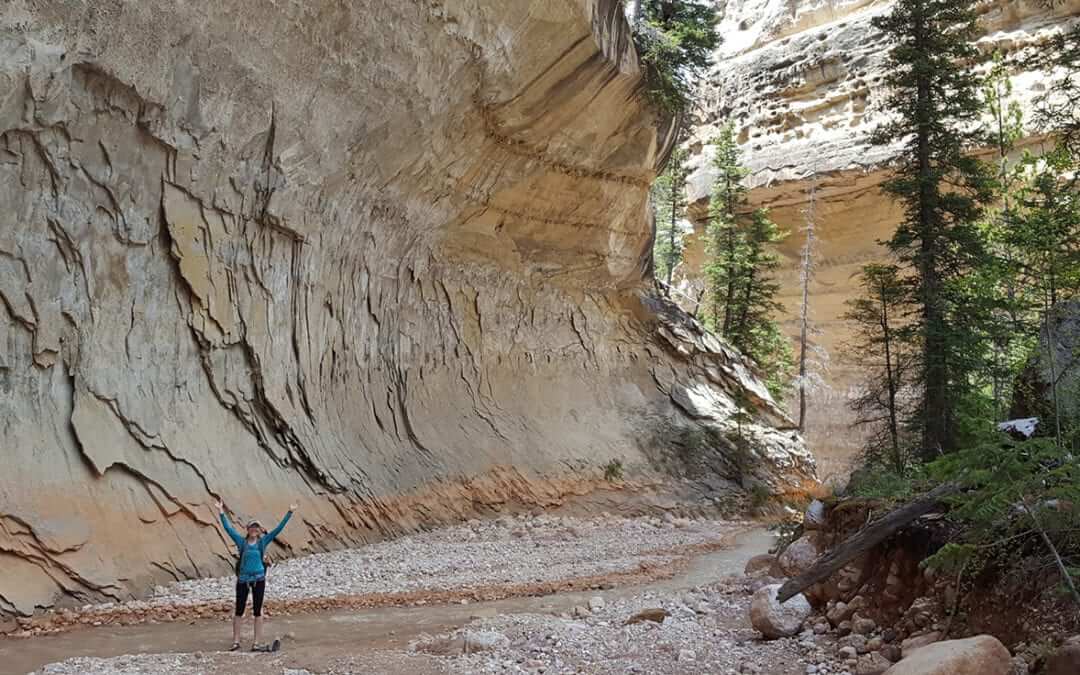
In this issue of IJW, we remember the wilderness giant Stewart “Brandy” Brandborg. Betsy Lindley, Maria Blevins, and Scott Williams discuss cultural meanings and management challenges for urban-proximate wilderness areas. David Cole documents the historical development and evolution of the Leave No Trace program. Finally, Crista Valentino highlights the emergence of new conservation leaders with the CoalitionWILD program.

Apologizing for science promotes autocratic management that can easily be commandeered by sociopolitical agendas and bureaucratic systems.

Steward Brandborg was a phenomenal wilderness champion, the last wilderness advocate with ties to most of the founders of the modern wilderness movement.

As outdoor recreation increases in popularity and metropolises grow larger, the issues facing urban-proximate wilderness and protected lands will continue to come to the forefront.

These partner organizations increase agency capacity, and in 2018 they helped ensure a successful official start of Forest Service Wilderness Character Monitoring implementation.

The purpose of this case study was to collect data about summer recreational use of the Wenaha WSR to help managers better understand visitor use and attitudes related to use capacity.






